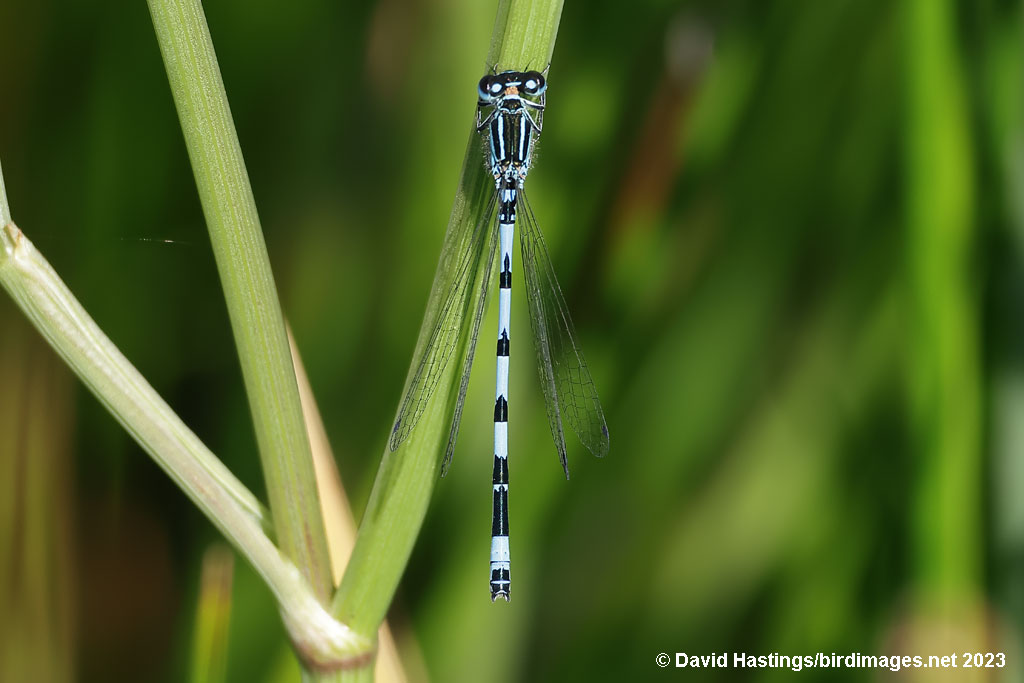 Southern Damselfly (Coenagrion mercuriale). Male. Taken at Parsonage Moor, Oxon, on July 7th 2023. Male. Taken at Parsonage Moor, Oxon, on July 7th 2023. (© David Hastings) (1/640th sec at f10. Click image for larger version) 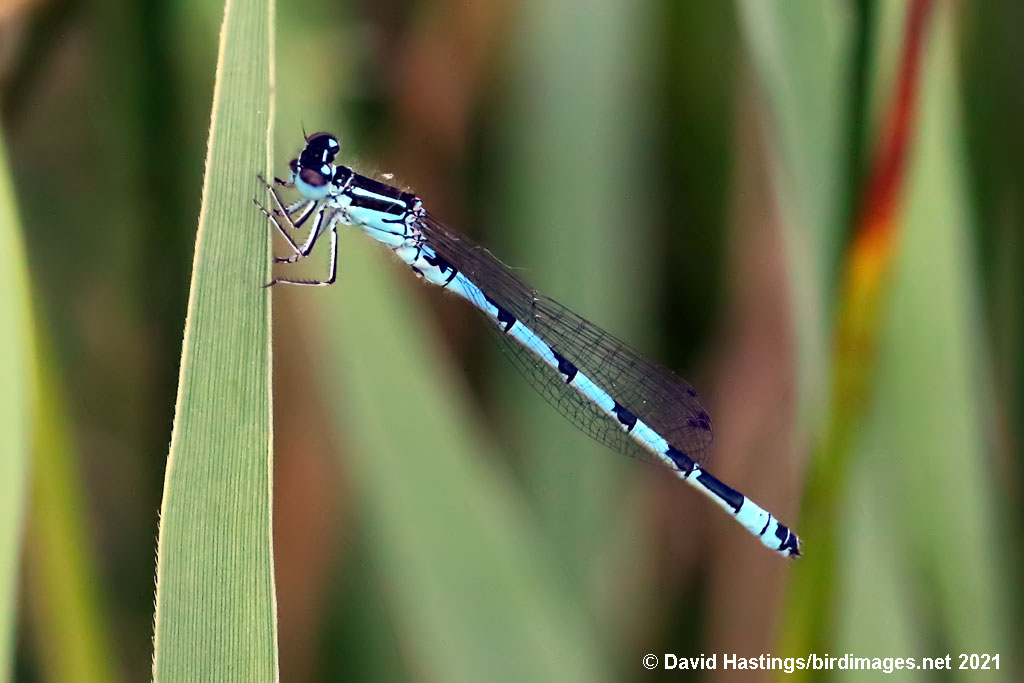 Southern Damselfly (Coenagrion mercuriale). Male. Taken at Dry Sandford Pit, Oxon, on June 24th 2021. Male. Taken at Dry Sandford Pit, Oxon, on June 24th 2021. (© David Hastings) (1/500th sec at f11. Click image for larger version) 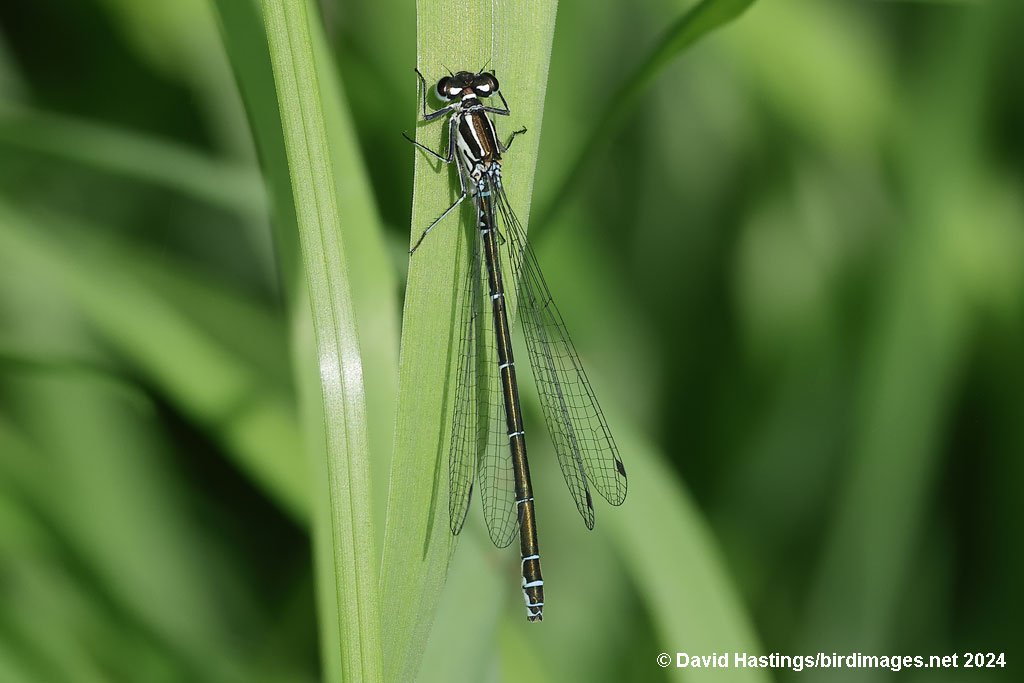 Southern Damselfly (Coenagrion mercuriale). Female. Taken at Dry Sandford Pit, Oxon, on May 17th 2024. Female. Taken at Dry Sandford Pit, Oxon, on May 17th 2024. (© David Hastings) (1/800th sec at f13. Click image for larger version) 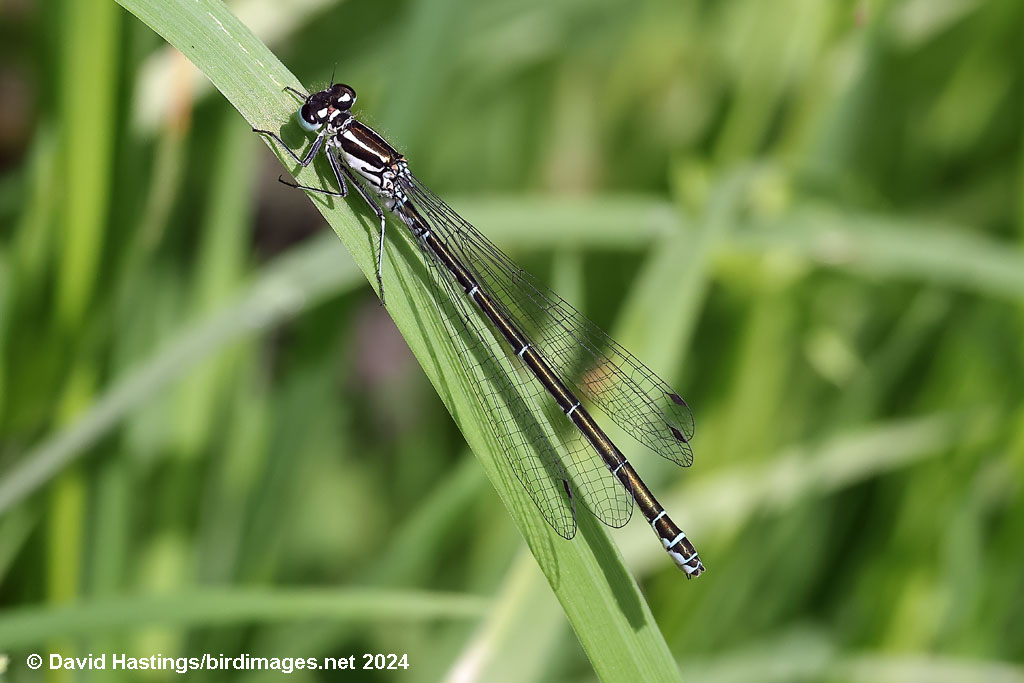 Southern Damselfly (Coenagrion mercuriale). Female. Taken at Dry Sandford Pit, Oxon, on May 17th 2024. Female. Taken at Dry Sandford Pit, Oxon, on May 17th 2024. (© David Hastings) (1/800th sec at f13. Click image for larger version) 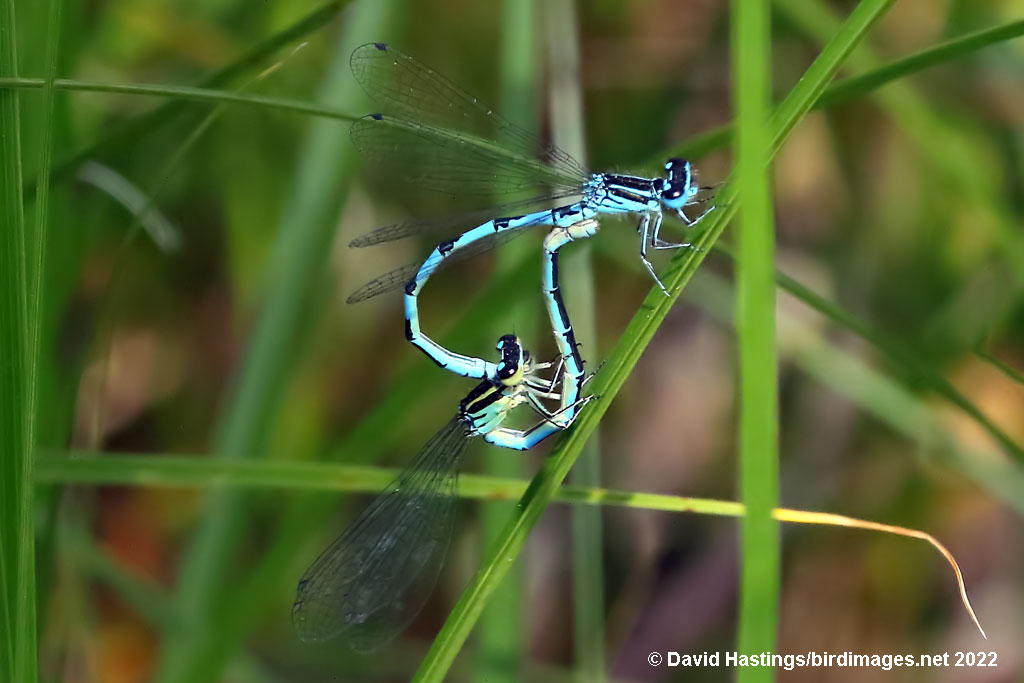 Southern Damselfly (Coenagrion mercuriale). Mating pair. Taken at Dry Sandford Pit, Oxon., on June 17th 2022. Mating pair. Taken at Dry Sandford Pit, Oxon., on June 17th 2022. (© David Hastings) (1/1000th sec at f11. Click image for larger version) Description Wingspan: 30 - 40 mm; body length: 27 - 31 mm The smallest blue damselfly, which has a very restricted distribution in Britain. The male's S2 marking typically resembles a head bearing a winged helmet (the so-called 'Mercury mark'). S3-6 are seldom more than half black, and there is always some blue at the base of S7. The female is dark and nondescript. Its main strongholds in the UK are the New Forest, Dartmoor, Anglesey and the Preseli mountains in south Wales. The Southern Damselfly only occurs in very specialised habitats. Favoured watercourses are base-rich, shallow and narrow, with shallow peat or silt over gravel and slow to moderate flows. They can be acidic or alkaline. Eggs are laid into soft-stemmed submerged plants, and hatch after 4-6 weeks. Larvae develop over two years. The flight period is June and July. Adults only fly in sunshine. Their flight is weak and low, and they stay close to the breeding site and do not appear to disperse easily to colonise new areas. This a Red Data Book species, and a licence is required to handle it. Earliest UK sighting: 1st May ; Latest UK sighting: 30th August Sightings | 08-Jul-2025 | : | Parsonage Moor, Oxon | (4) | | 30-May-2025 | : | Dry Sandford Pit, Oxon | (3m) | | 01-May-2025 | : | Dry Sandford Pit, Oxon | (1) |
| | 21-Jun-2024 | : | Parsonage Moor, Oxon | (20+) | | 17-May-2024 | : | Dry Sandford Pit, Oxon | (2) |
| | 07-Jul-2023 | : | Parsonage Moor, Oxon | (13) |
| | 08-Jul-2022 | : | Parsonage Moor, Oxon | (25+) | | 17-Jun-2022 | : | Dry Sandford Pit, Oxon | (6m,3f) |
| | 24-Jun-2021 | : | Cothill Fen, Oxon | (2m) | | 24-Jun-2021 | : | Parsonage Moor, Oxon | (12+m,6+f) | | 14-Jun-2021 | : | Dry Sandford Pit, Oxon | (3m) |
| | 16-Jul-2020 | : | Parsonage Moor, Oxon | (15m,4f) | | 10-Jul-2020 | : | Parsonage Moor, Oxon | (3m) | | 30-May-2020 | : | Dry Sandford Pit, Oxon | (1ten) | | 29-May-2020 | : | Parsonage Moor, Oxon | (20+) |
| | 04-Jul-2019 | : | Parsonage Moor, Oxon | (5m) | | 28-Jun-2019 | : | Dry Sandford Pit, Oxon | (2m) | | 15-Jun-2019 | : | Dry Sandford Pit, Oxon | (2f) |
| | 12-Jul-2018 | : | Cothill Fen, Oxon | (3m) | | 12-Jul-2018 | : | Parsonage Moor, Oxon | (9m,3f) | | 15-Jun-2018 | : | Dry Sandford Pit, Oxon | (6) | | 11-Jun-2018 | : | Dry Sandford Pit, Oxon | (3m,1f) |
| | 14-Jun-2017 | : | Dry Sandford Pit, Oxon | (1m) | | 03-Jun-2017 | : | Dry Sandford Pit, Oxon | (1m,1f) |
| | 09-Jul-2016 | : | Dry Sandford Pit, Oxon | (1f) | | 28-Jun-2016 | : | Dry Sandford Pit, Oxon | (1m) |
| | 12-Jul-2015 | : | Parsonage Moor, Oxon | (1m) | | 02-Jul-2015 | : | Dry Sandford Pit, Oxon | (1m) |
| | 28-Jun-2014 | : | Dry Sandford Pit, Oxon | (2) | | 14-Jun-2014 | : | Dry Sandford Pit, Oxon | (6m,2f) | | 08-Jun-2014 | : | Parsonage Moor, Oxon | (4m) |
| | 14-Jul-2013 | : | Dry Sandford Pit, Oxon | (2m) | | 14-Jul-2013 | : | Cothill Fen, Oxon | (1m) | | 29-Jun-2013 | : | Dry Sandford Pit, Oxon | (1f) | | 08-Jun-2013 | : | Dry Sandford Pit, Oxon | (1m,1f) |
| | 30-Jun-2012 | : | Dry Sandford Pit, Oxon | (1m) |
| | 16-Jul-2011 | : | Crockford Stream, Hants | (1f) | | 11-Jul-2011 | : | Dry Sandford Pit, Oxon | (1f) | | 26-Jun-2011 | : | Dry Sandford Pit, Oxon | (1m,1f) |
| | 30-Aug-2010 | : | Dry Sandford Pit, Oxon | | | 21-Jun-2010 | : | Dry Sandford Pit, Oxon | | | 12-Jun-2010 | : | Dry Sandford Pit, Oxon | | | 05-Jun-2010 | : | Dry Sandford Pit, Oxon | | | 30-May-2010 | : | Dry Sandford Pit, Oxon | |
| |





